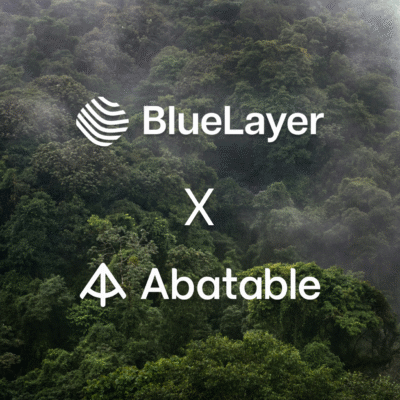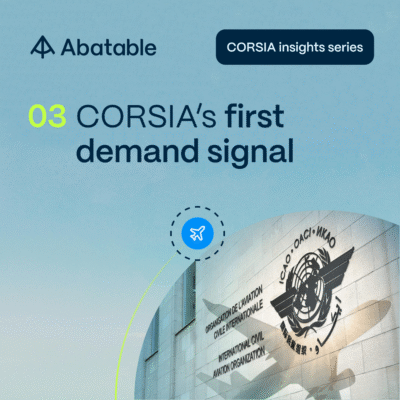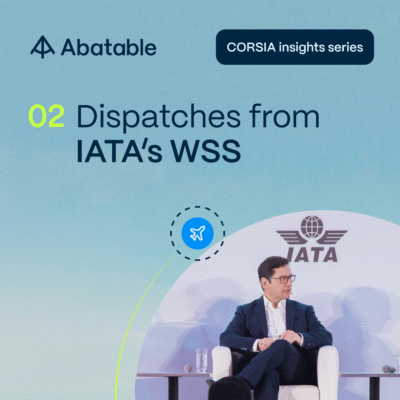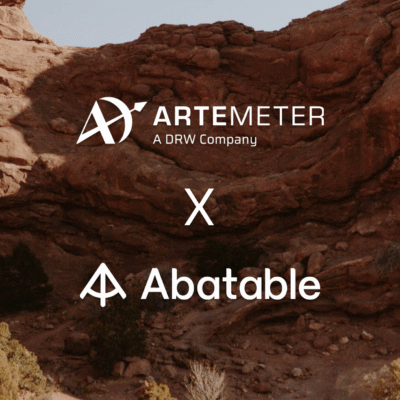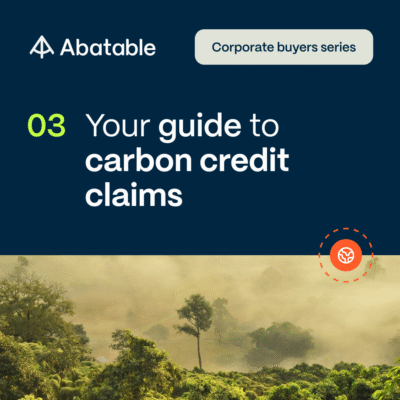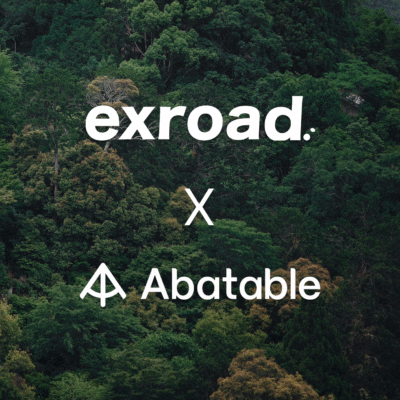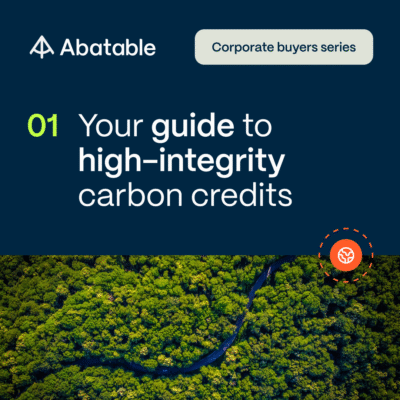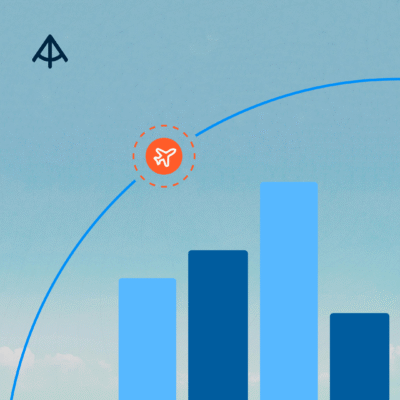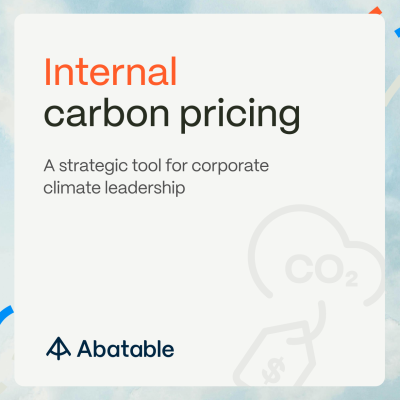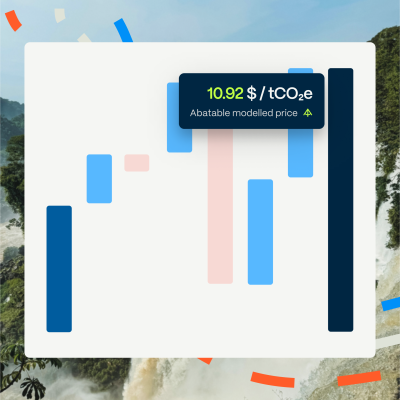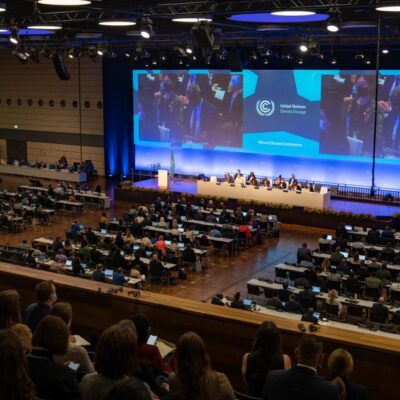In this series, we have outlined and examined the steps necessary to build your science-aligned carbon procurement strategy today from determining how carbon credits fit in your corporate sustainability plan, building your budget, and defining your impact agenda. In this article, we are going to share how to procure carbon credits and evaluate their quality.
How to access the carbon market
You can access carbon credits through multiple distribution channels, the choice of which depends on volume needs and budget.

Directly from project developers or investors
When businesses buy credits directly from developers, they ensure that most of the credit’s value goes directly towards the project, rather than to intermediaries. This is a great benefit of buying credits directly, as long as companies have the technical knowledge required to assess the quality of projects. Direct deals often involve contracts with complex structures that require thorough due diligence and legal expertise. These contracts should be designed to protect buyers from different risks, including potential non-delivery or under-delivery, especially in the case of forward purchases.
From marketplaces, exchanges, or brokers
However, many project developers don’t sell their credits directly, or only work with very large buyers. For developers to set up the processes and infrastructure to sell directly is not trivial, and many developers choose to outsource this to third parties, including marketplaces, exchanges, and brokers.
Marketplaces are suitable for smaller volume transactions and are quick and easy to use, providing buyers with a variety of projects. Credits can be retired almost immediately (for spot offers). The main challenge with purchasing carbon credits this way is that buyers cannot conduct in-depth due diligence as they do not have access to the developer and will have to rely on the marketplace’s assessment if they have one.
Carbon market exchanges can offer attractive prices and are flexible to different volume sizes. The main challenge for buyers is that they don’t know from which projects they are buying credits until they are delivered as exchanges deliver credits from projects under a standardised criteria-box.
Larger volumes can be accessible through brokers or traders. Brokers that also offer consultancy services can advise buyers on the quality of the credits and work with them on a portfolio that fits their requirements. The risk with procuring from brokers is that they may apply high intermediary margins (40 to 60%) which may not be transparent to the buying companies.
Abatable is an end-to-end solutions provider for the carbon market offering carbon procurement and market intelligence solutions to companies and investors. Our platform unites climate conscious businesses and investors with innovative environmental projects, to discover, assess and procure carbon credits. We are on a mission to empower every organisation to build a thriving future for climate, nature, and people.
How to assess the quality of projects
In order to mitigate the reputational risks and greenwashing claims, it is key to resource due diligence of projects appropriately. Companies can leverage:
- Internal resources: leveraging technical staff to review projects against internal diligence, quality, and audit criteria.
- External resources: leveraging an external technical and carbon specialist diligence provider who is able to review against different quality criteria (e.g. ICVCM, CCQI, etc) and other technical aspects.
- Solutions providers: solutions providers exist which provide a “rating” on project quality. Measurement, Reporting, and Verification solutions providers can also be leveraged for independent review.
No established standards exist today for how to assess the quality of carbon projects, though some initiatives are emerging to ensure supply-side integrity in the market, for example, the ICVCM, ICROA, and others. At Abatable, we leverage common quality pillars across all initiatives (see below) for the assessment of carbon projects.

Conclusion
In this article, we outlined different ways of accessing the carbon market depending on your volume needs and budget and discussed how to do your due diligence when assessing the quality of carbon projects.
In the final post of our carbon procurement series, we’ll go deep on reporting and monitoring. Can’t wait? Grab our procurement guide and watch our corresponding webinar.

